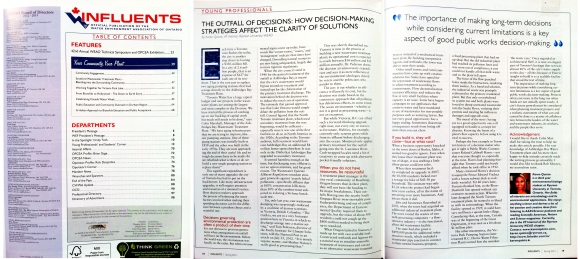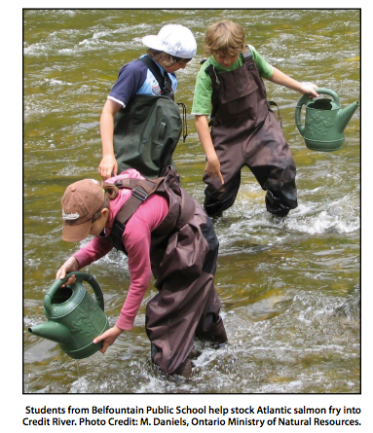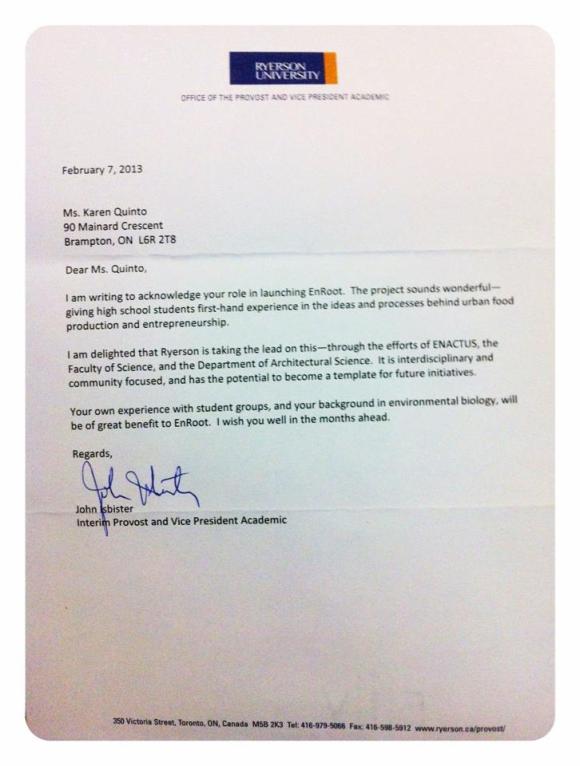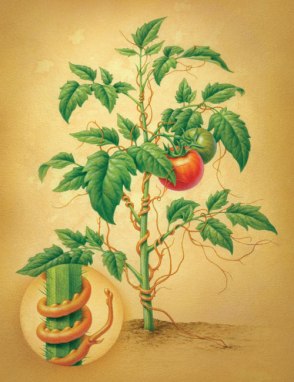THE NUCLEOPHILIC SUBSTITUTION LOVE TRIANGLE: AN ANALOGY
by: Karen Quinto (Copyright Nov. 27, 2010)
It is daunting how complex molecular interactions can be when delving into the theories behind organic chemistry, until you realize this: they are comparable to human relationships.
The effect of substituents on nucleophilic substitution reactions may seem like an intimidating concept, yet it speaks very plainly about relationship dynamics the way it is encountered in real life. On a molecular level, the story is a tragic romance; it is the parting of ways between two molecules and the broken bonds that shatter into pieces, much like broken hearts.
The love triangle in this molecular drama is between the electrophile, the nucleophile and the leaving group. Miss Electrophile is in a relationship with soon-to-be-ex-boyfriend, appropriately named Mister Leaving Group. In a very sexy manner, she is being swept away by Señorito[1] Nucleophile, the mysterious and alluring young man who catches her unawares.
Love is a fickle thing. Miss Electrophile finds herself with one dilemma and two options. She is madly in love with Señorito Nucleophile and needs to let go of Mister Leaving Group. Just like romantic relationships, the electrophile can first break the bond with the leaving group and later on form the bond with the nucleophile. In a nucleophilic substitution reaction, this is described as an SN1 unimolecular reaction (think of it as “one-at-a-time”).
The letter “F” in figure 2 are other substituents bonded to the electrophile. For the purpose of the analogy, they symbolize “friends”. In an SN1 reaction, the rate of the substitution reaction (how fast it occurs) only depends on the concentration of “E-LG” because they are the only ones present in the transition state, which is the slowest step of the reaction. The substitution reaction rate only depends on how long it takes for the electrophile to break bonds with the leaving group because that is what takes the longest to happen. In other words, Miss Electrophile and Mister Leaving Group were having relationship issues way before Señorito Nucleophile came along.
Unfortunately, what sometimes happens with an electrophile is that while still in the current relationship with a leaving group, a nucleophile comes along who is cuter, nicer and more romantic. In this case, Miss Electrophile has no other choice but to break the bond with Mister Leaving Group while simultaneously forming a new bond with Señorito Nucleophile. This is the SN2 bimolecular reaction (better remembered as playing “two” guys). Sadly, Miss Electrophile can be a heartless wench. Karma will get her one day and she knows it.
In the SN2 reaction, the rate depends on both the concentration of “E-LG” and “Nu”. The reaction occurs as fast as the nucleophile can form the bond with the electrophile in a backside attack, a term which often causes giggling amongst hormonal university kids. The backside attack causes the inversion of the substituents bonded to the electrophile and the displacement of the leaving group. Unlike the SN1 reaction, SN2 involves the movement of these substituents, requiring energy in order to overcome. As the Spice Girls lyrics go, “if you wanna be my lover, you gotta get with my friends”. They must have been inspired by the SN2 nucleophilic substitution reaction when they wrote that song.
The transition state determines the overall rate of reaction because it is the slowest to occur. In an SN2 reaction, the energy required to reach the transition state is highly dependent on the substituents bonded to the electrophile. This is because the backside attack becomes increasingly difficult when the crowding of these substituents create steric hindrance, which is akin to the frustration a guy feels when the girl that he likes is always surrounded by a swarm of her girl friends when trying to court her.
The more friends that hang around, the harder it is for Señor Nucleophile to make his moves. Sometimes, Miss Electrophile is so surrounded, the bond cannot form. The energy required to break and form these bonds increase as the number of substituents increase. Their structure is also important; the more steric hindrance they create, the more energy is needed to overcome them. In SN2 , substituents play a major role in the reaction rate of the nucleophilic substitution reaction.
The trials and tribulations of the SN1 and SN2 nucleophilic substitution is a love triangle that makes it easy to wonder if, after all, we are all just made of molecules.
[1] Señorito means “Mister” in Spanish when referring to an unmarried man; diminutive of Señor.





















You must be logged in to post a comment.